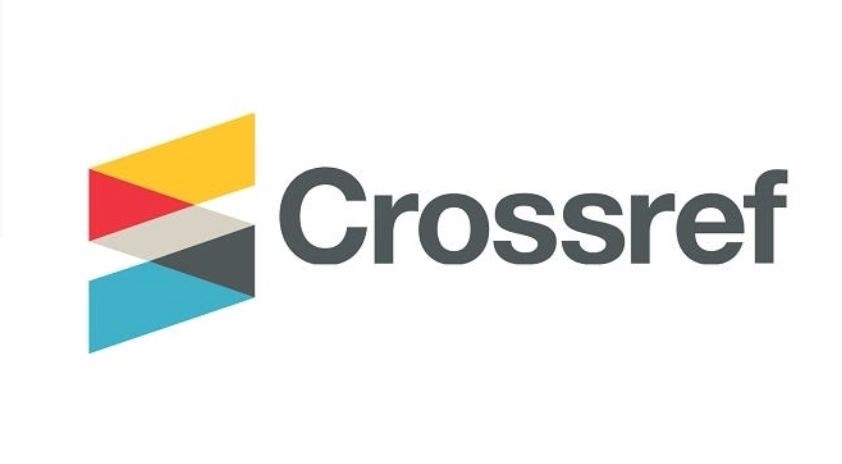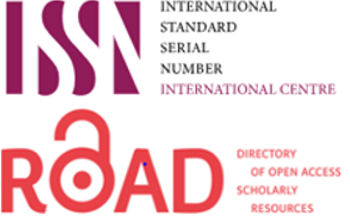Effectiveness of an Educational Program on Nurses' Knowledge about Nursing Care for Patient after Craniotomy
DOI:
https://doi.org/10.58897/228gd546Abstract
Objective(s): To determine the effect of an educational program on nurses' knowledge about nursing care for patient with craniotomy patients, and to find out the relationship between nurses' knowledge and their demographic characteristics
Methods: A quasi-experimental design was carried out from February, 2020 to July, 2023. A non-probability purposive sample of (60) nurses working in neurosurgical wards. The questionnaire and the program contents’ validity were determined by a panel of (12) experts to evaluate their clarity, relevance, and appropriateness for the accomplishment of the reliability. Descriptive and inferential data analysis were used to analyze the study data: frequency, percentage, mean of score t-test through SPSS ver. 22.
Results: The nurse’s knowledge about the nursing care of patient after craniotomy in study group before applying the program were poor in most items with mean score of (1 .0808), while their knowledge increased after applying the program with mean score of (1 .7313).
Conclusions: The study concluded that there was an improvement to high level of nurse's knowledge in study group which proves the positive effect of educational program concerning patients with a craniotomy.
Recommendations: Neurosurgical ward should have assessment sheets for their skills as well as daily nursing reports and increase the awareness of nurses about the important of postoperative physiotherapy.
Downloads
Published
Issue
Section
License
Copyright (c) 2023 amna

This work is licensed under a Creative Commons Attribution 4.0 International License.














